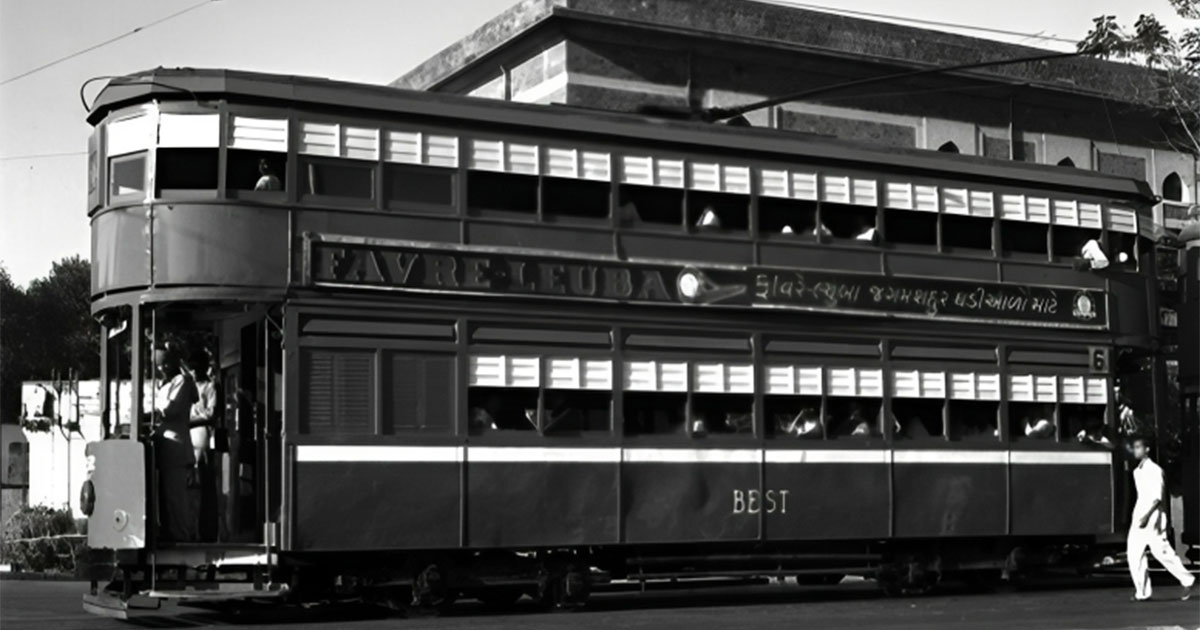Charm of the trams: Mumbai's historic transport revisited
By Kiron Kasbekar | 27 Oct 2023

On 9 May 1874, Bombay (as Mumbai was called then) witnessed a groundbreaking moment in its transportation history — the inauguration of the first horse tram. This marked the commencement of a service that would serve the city for nearly 90 years.
This novel mode of transportation connected Colaba to Pydhonie via Bori Bunder and Crawford Market. These trams were pulled by two or more horses at a speed of 5 miles per hour, and charged one anna per passenger.
By the way, an anna (properly pronounced as ‘aana’ in Hindi or Marathi) was a 16th of a rupee. But it was still a hefty sum for Bombay’s citizens those days.
The origins of this venture can be traced back to 1864 when the British proposed the tram project. Stearns and Kitteredge, a British firm, secured the contract in 1873, and launched the Bombay tram service.

Over the years, the tram network expanded, connecting areas such as Grant Road, Pydhonie, Girgaum, Byculla Bridge, and Sassoon Dock. Stearns and Kitteredge is said to have had a stable of 1,360 horses over the lifetime of the service.
Then came the electric trams. After which the tram route extended to King Circle, and Dadar emerged as the primary tram terminus, retaining its significance as Dadar Tram Terminus (better known as Dadar T.T.).
The transition from horse power to electric power happened on 7 May 1907, under the aegis of the Bombay Electric Supply and Tramways Company (BEST).
In 1920, Mumbai witnessed another innovation — the introduction of double-deck tram services. By 1935, the peak of its service, 433 trams covered 47 kilometers of the city.
However, the wheels of progress continued to turn, and on 31 March 1964, Mumbai bid farewell to its iconic tram service.
The last tram, making its journey from Bori Bunder to the Khodadad tram terminus was scheduled at 10 pm. The streets were filled with crowds eager to witness the end of an era. The tram, symbolic of an older Mumbai, departed at full capacity, bringing an end to a chapter that had played a significant role in the city’s transportation narrative.
The growth in traffic and the fast-paced life of Mumbai had prompted the abandonment of trams by March 31, 1964. While the trams may no longer navigate the bustling streets, those who lived in the middle of the last century are unlikely to have forgotten those heavy vehicles clanking on the rails.



















